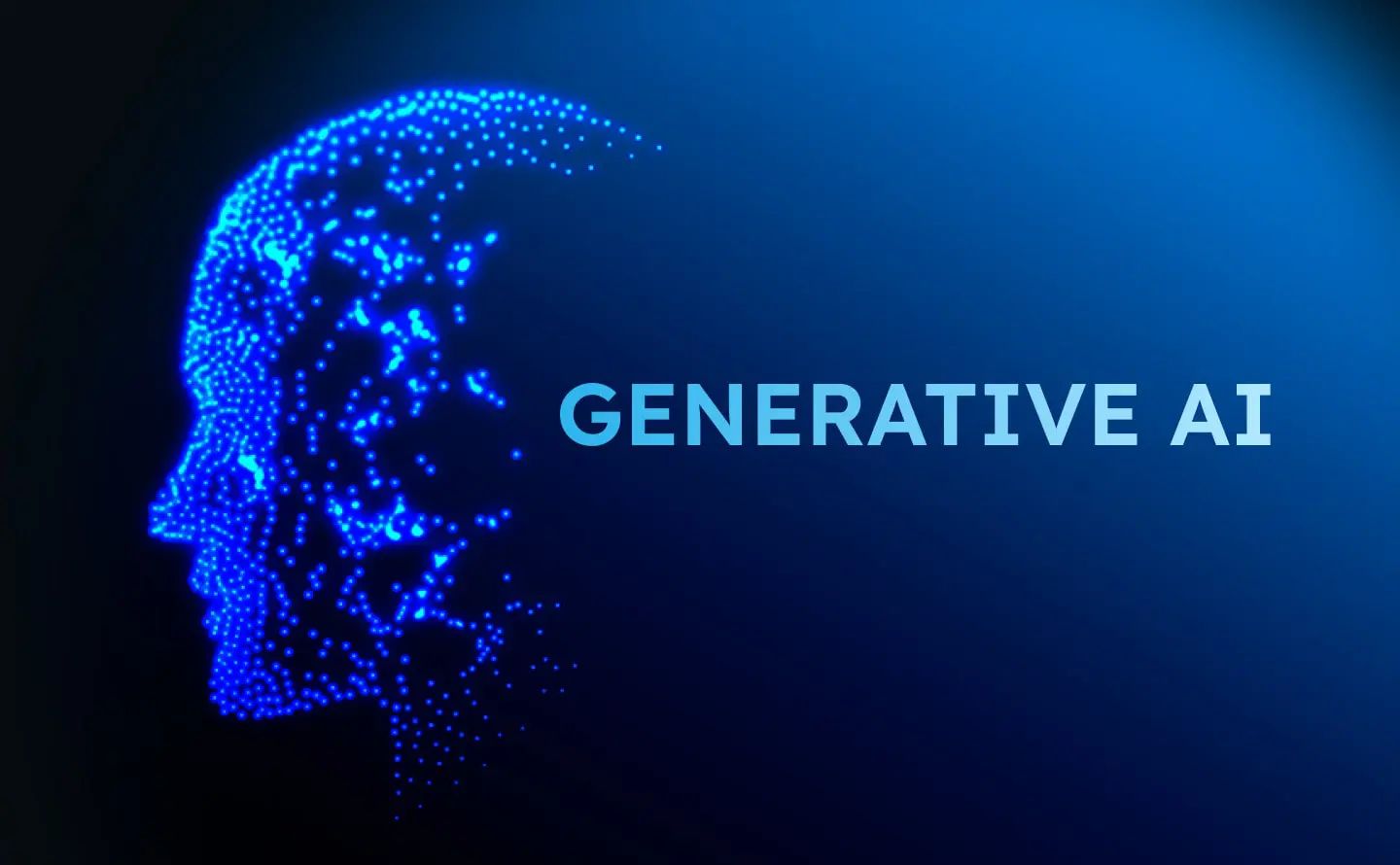A technological revolution is underway, and it is happening at breakneck speed. Generative artificial intelligence (AI)—the force behind game-changing apps like ChatGPT and Google's Gemini—has surged from near obscurity to a $44.9 billion global industry in just three years, and analysts predict this is just the opening act. With forecasts eyeing a jaw-dropping $1.3 trillion market by 2032, generative AI is already being embraced by 92% of Fortune 500 companies, changing the business, creative, and technological landscapes.
Key Highlights of the Generative AI Boom
According to Bloomberg Intelligence and multiple market research sources, the global generative AI market catapulted from roughly $0 in revenue in 2022 to $40–$44.9 billion by mid-2025, with expected figures potentially surpassing $66 billion by the end of the year.
Growth rates are unparalleled, showing a compound annual growth rate (CAGR) of over 42%. This is attributed to rapid advancements in large language models (LLMs), image and video synthesis, and AI-powered automation, alongside unprecedented enterprise adoption.
The forecast for 2032 is even more dramatic: Generative AI could reach a market size of $1.3 trillion, accounting for 10–12% of the total IT hardware, software, ad spending, and gaming market spending, up from under 1% today.
Why This Growth Is Unprecedented
Generative AI’s rise was supercharged by the viral release of OpenAI’s ChatGPT and its fast-follow competitors such as Google Bard and Gemini, Microsoft Copilot, and Adobe Firefly. These tools rapidly found eager personal, professional, and enterprise users.
First-order effects included creative content generation (text, code, images, video), hyper-personalized marketing, predictive analytics, customer service automation, and software development acceleration.
The technology stack is not limited to applications—cloud infrastructure, inference devices, and AI-optimized hardware have become major revenue drivers. Hardware for training and deploying AI models alone is projected to generate over $600 billion by 2032.
Digital advertising, a key revenue stream, stands to amass up to $192 billion in annual spending by the end of the decade, thanks to AI’s ability to hyper-target and engage audiences.
Adoption by Fortune 500 and Beyond
The Fortune 500 has eagerly embraced generative AI: over 92% of these organizations are either piloting, deploying, or actively scaling the technology in their operations.
Use cases span everything from product design to legal document review, drug discovery, customer engagement, and logistics optimization.
Private equity and venture capital have poured record investments into generative AI—up 407% year-over-year in 2023—with giants like Amazon, Microsoft, Google, and Nvidia dominating cloud and infrastructure growth.
Risks, Disruption, and The Road Ahead
Generative AI’s explosive growth carries disruption: Incumbents in hardware, IT services, and even creative industries are being forced to adapt or risk obsolescence.
The technology presents regulatory, ethical, and cybersecurity challenges, with organizations racing to address risks and compliance as use scales.
New markets for AI safety, model transparency, and data governance are emerging, offering both hurdles and fresh opportunities.
Industry Implications and the Next Decade
Analysts identify transformative potential across life sciences, education, media, finance, and manufacturing, predicting generative AI may ultimately shape $7.9 trillion in economic output annually.
While North America currently leads with a 40.2% global market share, the race is heating up globally as governments and businesses scramble to stake out their roles in this transformative era.
Conclusion
Generative AI’s rapid ascent from $0 to $44.9 billion in three years is the stuff of business legends, and the trillion-dollar future now seems inevitable. With major Fortune 500 buy-in and investments pouring in, generative AI is set to redefine innovation, productivity, and industry at unprecedented pace—with far-reaching implications for every sector in the years ahead.
Sources: Bloomberg Intelligence, Business Insider, Exploding Topics, Statista







